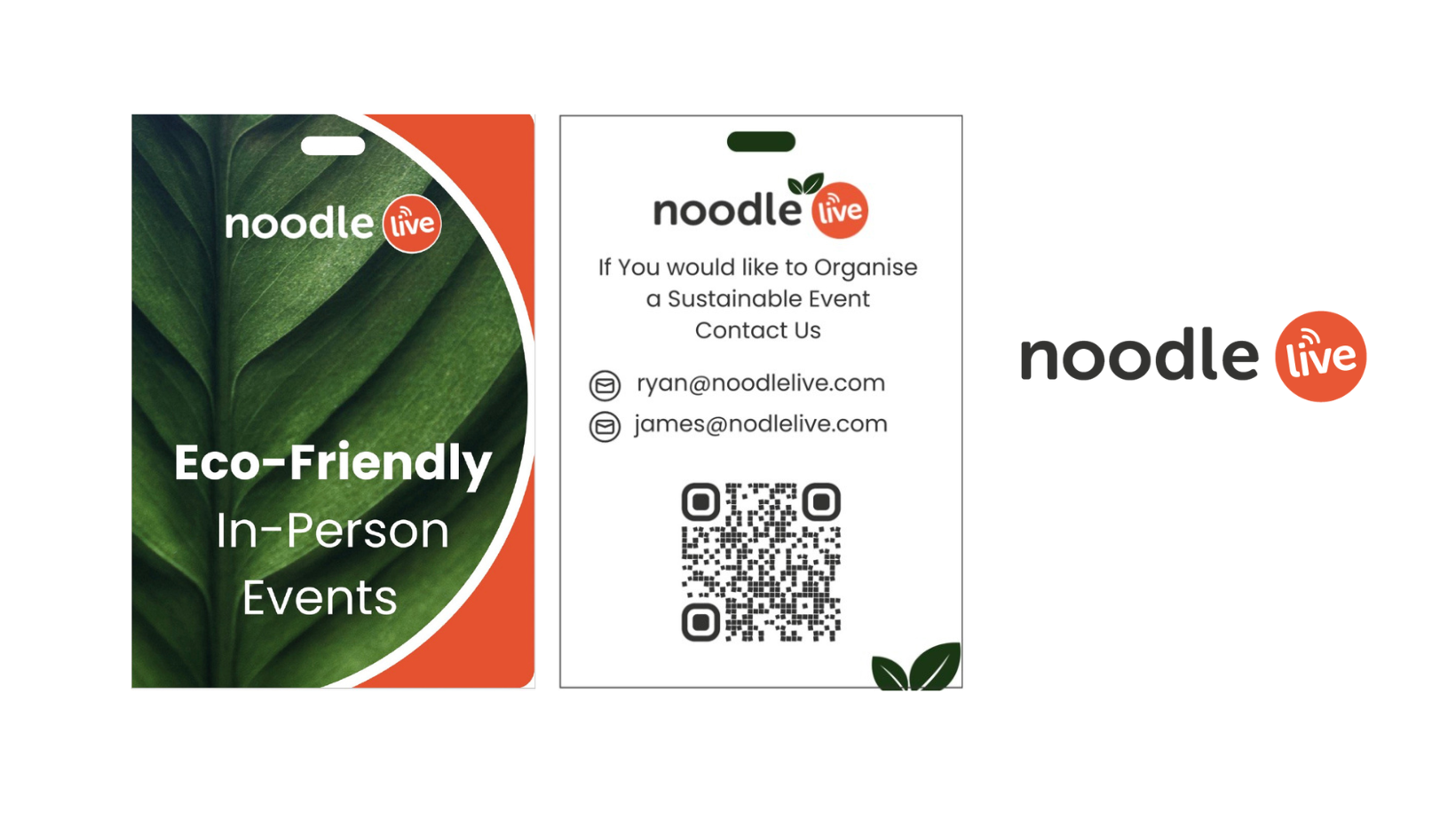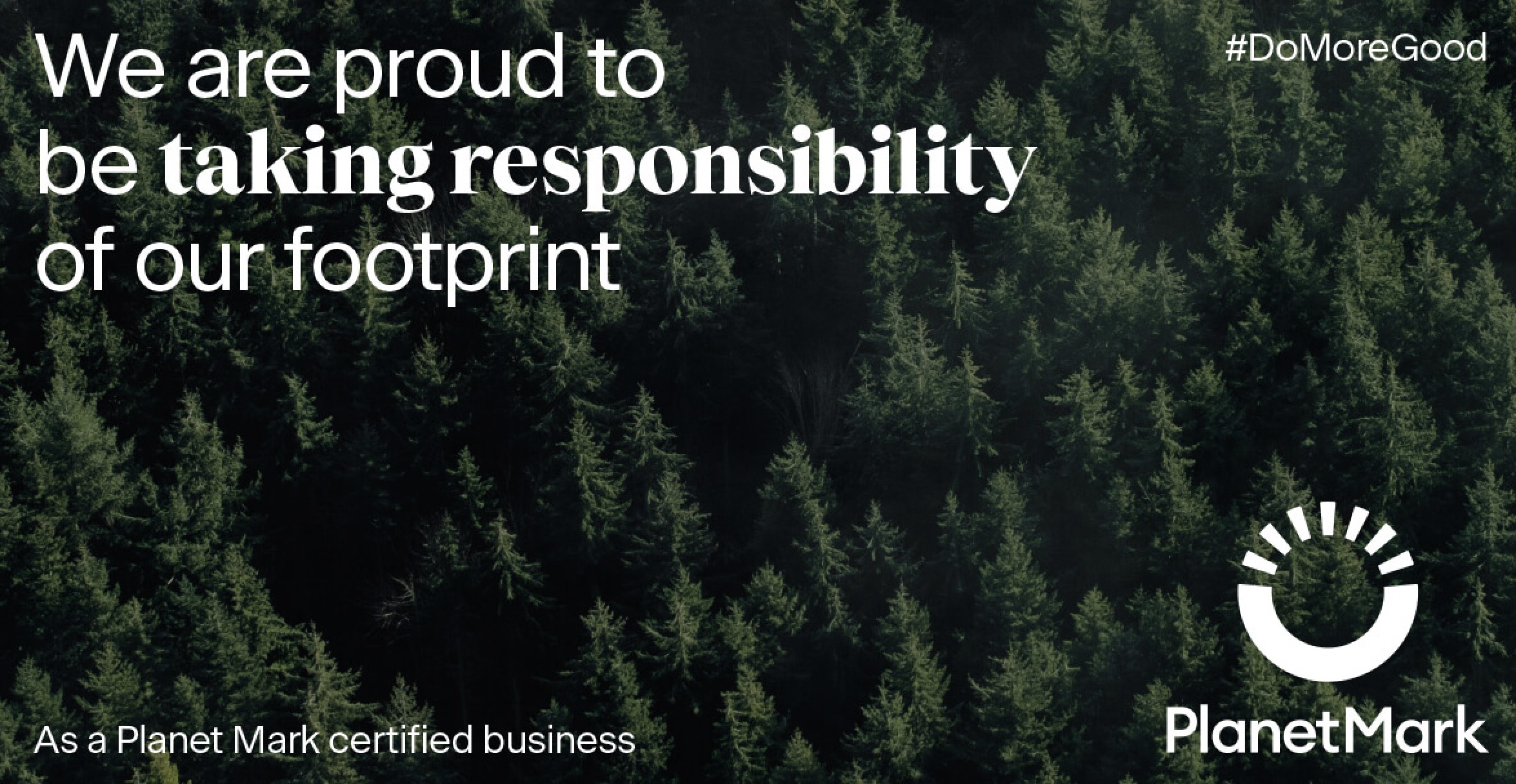Need to demonstrate event ROI? Did you know that your event tech could help you to measure the success of your event and demonstrate return on investment?
If you immediately think of hardware like drones and VR headsets when you think about event tech, you could be missing out on a really important tool that could help you demonstrate how well your event met its objectives and allow you to compete against other marketing channels for a piece of the marketing budget. Now you’re talking!
Event tech systems can help you set up a series of really useful data touch points around your event that will yield loads of lovely and informative data. That means concrete numbers and statistics to demonstrate the impact of your event. Forget simple testimonials and old-fashioned written reports! How would you like to present your clients or your CEO with a spread sheet of concrete figures and statistics to demonstrate what happened at the event, what people really engaged with and what the overall impact is likely to be on your business? Best of all? The same data touch points can also make life easier and more efficient for your delegates.
It’s a win win. So, what do you need to know to get started?
What kind of event tech do I need to demonstrate my event ROI?
At Noodle Live, we offer RFID name badges and event apps that help to capture data at your event and demonstrate your return on investment or return on objectives. There are also plenty of other tech products for gathering data at your events. Some companies use barcode scanners or iBeacons too – both of which have their advantages and disadvantages. For us, RFID enabled name badges for events have proved to be the most durable tool for gathering a variety of data and allowing delegates to have the best possible event experience. They’re even more powerful when paired with an event app too.
The key to picking the right tools for the job is to find an event tech company who will partner with you to ensure you are implementing the right overall strategy and the tools you use are the ones that will help you to deliver against your objectives. The world of event tech can be confusing, so find someone who is willing to help you navigate the event tech jungle and make implementing your strategy as easy as possible.
How do I use event tech to demonstrate my event ROI?
First things first, when you start planning an event, you need to be really clear about what success looks like and what metrics you would like to collect in order to measure that success.
Do you want to measure attendee engagement during the event? Are you interested in people’s sentiment towards your brand or product? Are you trying to capture as many leads as possible? If you’re not clear on what you want to achieve by hosting the event, then it’s much harder to work out what tools would be best to help you measure whether the event was successful or not.
Once you’ve established a clear objective for your event, work out what metrics you need to capture in order to create a concrete report that demonstrates whether those objectives were met. For example, if you want to capture leads at your event, you will need a tool to help count your leads and you may also want to measure the number of people who interacted with your company or brand but did not convert to concrete leads. You may also want information about the journey a potential lead went on in order to become an active lead. All of this information will help you to measure how well you succeeded and will also give you really useful insights into what works and what doesn’t work so that you can sharpen your strategy next time.
There is a lot of event tech available on the market, so the chances are, if you are really clear about your objectives, you will be able to work with an event tech provider to identify the right tools to capture metrics that demonstrate the success of that objective.
Don’t be afraid to be ambitious either. If you really want to impress your clients or your CEO, think about the way your event sits within the wider business strategy. Think about sales cycles, year on year strategies, order values etc. If you can gather data which directly demonstrates that you have added value in these areas, you are much more likely to be able to ask for the budget to stage future events.
Using tech to prove event ROI and justify your marketing spend
Most marketing teams know that events are an important part of the annual marketing calendar, but there’s often a shortage of data to help them justify that that belief and the money spent on events.
As a marketing channel, the event industry is lagging behind other marketing channels when it comes to being able to prove return on investment. Social media marketing, advertising, influencer marketing and PR all yield great statistics and numbers that demonstrate the value of the activity. #EventProfs need to do everything in their power to keep up!
Noodle Live was founded on the idea of using event technology to create effective data touch points at events in order to capture data and quantify the success of the event. By gathering this data, you are creating stats and numbers that can be used to compare the success of events with the success of other marketing channels. Team Noodle are constantly challenging ourselves to make our data yields easier to understand and easier to feed in to your marketing team.
Before you sign any deals with an event tech provider, make sure you ask for an example of the way your data will be presented and delivered back to you after the event. Opt for a company that are willing to help you interpret your data and make it easy to share with other departments in the company.
In an ideal world, you would be able to feed your data into the marketing department so that they could view it alongside other marketing data and get a better understanding of how events impact the user journey and how events could work in tandem with other marketing channels for greater impact.
What data can you measure?
Interested in finding out more about the types of data you can gather during an event? Take a look at our list of event data here.
In short, the possibilities are pretty much endless, but there are some key metrics that many #EventProfs find particularly useful.
Event tech can help you to gather metrics before, during and after the event. Before your event begins, you can use event tech to track information including who has registered, what their role is, what company they represent, what information they are searching for and where they are coming from.
During the event you can measure the number of people on site, the number of people you are still expecting, how long people are staying, how much networking is taking place, what information they need, what sessions are most popular, how many sessions each delegate attended, how many leads were captured and how much engagement there was at each session.
After the event you can continue to gather data including post-event feedback and questions that weren’t answered during the event – which is very useful for creating engaging post-event communications.
You can also use event tech to measure sentiment. How do people feel about your event? How do they feel about your company or your product after leaving the event? Be warned though, sentiment is notoriously hard to capture in a factual and statistical way. Despite all #EventProfs knowing that events are fantastic for increasing personal connection with clients and improving brand loyalty and sentiment, it’s tough to capture that in numbers. That’s because the rules of technology and statistics don’t always apply to human behaviour, which is very nuanced.
What do I do with all that data?
Use it to show off about how great your event was!
You can also use it to ask for more budget for events and to improve the delegate experience for your next events. The data will help you to understand and demonstrate how well you met your objectives and how successful the event was in delivering against your goals.
How do I encourage delegates to give me their data?
The final, important thing to remember when it comes to gathering data to measure event ROI, is to always think about your delegate experience. If you’re going to gather a lot of data at your event, make sure your delegates are getting something in exchange so they don’t end up feeling like they’re being data-mined.
Data touch points around your event should always be a two way street. Delegates should freely choose to interact with your data touch points because they know they will get something great in return, like session notes, contact information or follow up details.
Think of it like this: Instagram and Facebook are both free services. We get to use them for free and in return, we are happy to give them our data in the form of photographs and status updates. Instagram and Facebook monetise this data in order to be able to provide their service for free. It’s a mutual agreement and everyone is happy to participate. Mirror this tactic at your event by always making data touch points mutually beneficial.
Got questions?
Why not use our website chat function to chat to us, or, better still, get in touch to find out more about the ways we use event tech to measure event ROI.


